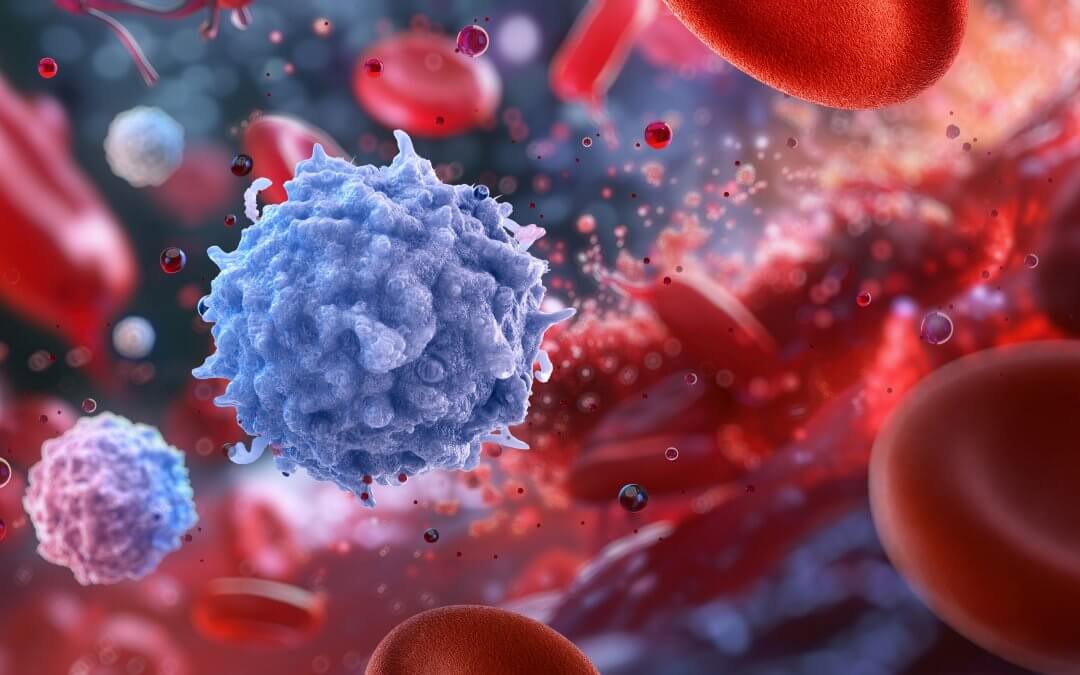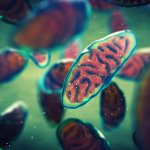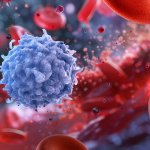A team of scientists at UCLA has shown it’s possible to reprogram hematopoietic stem cells to generate a regular supply of cancer-killing T cells. This novel approach, tested in a first-of-its-kind clinical trial the results of which were published in Nature Communications, could potentially offer longer-lasting protection from cancer.
T-cell cancer therapies and their challenges
T cells are a type of lymphocytes, white blood cells which are part of the immune system and move around the body finding and destroying abnormal cells to fight infection and disease. However, sometimes it can be difficult for T cells to tell the difference between cancerous cells and normal cells. This enables the cancerous cells to avoid destruction.[1]
T-cell cancer therapies collect T cells from the patient’s blood through a process called apheresis. Following this, the T cells are modified in the laboratory to make them better able to find and destroy cancerous cells. Then, the patient undergoes conditioning chemotherapy to weaken the immune system, in order to ensure the modified T cells have little competition from other T cells and can therefore be as effective as possible. Lastly, the modified T-cells are infused back into the patient.[1]
One type of T-cell therapy is CAR T-cell therapy. This therapy modifies T cells by adding a protein, called a Chimeric Antigen Receptor (CAR), to their surface, enabling them to recognize a specific protein on the surface of cancer cells. CAR T-cell therapies are approved in the US to treat some types of leukemia and lymphoma, as well as multiple myeloma.[1][2]
These therapies have been successful in treating blood cancers where other types of treatment have failed. However, solid tumors, such as melanoma or breast cancer, are more difficult to target with cell therapies. This is due to the cancerous cells being more challenging to target without harming other tissues, as well as the need for cell therapies to get through body tissue to get to the tumor. Some cell therapies have recently been approved for use in clinical care in the United States, with more currently in development,[3] including the novel approach developed by the research team at UCLA.
How is the new therapy different?
One of the problems with T cell therapy for solid tumors is that while the therapy works at first, resulting in shrinking of the tumor in a large proportion of patients, this result is not sustainable, with patients often relapsing within 6-12 months of the treatment. This is because the number of modified T cells in the body decreases over time. What’s more, the ones that remain also become less effective. Thus, the need for a self-renewing source of these cells beyond the original infusion at point of treatment.[4]
Indeed, the therapy developed by the research team at UCLA features a novel, two-pronged approach. First, patients underwent a process called mobilization, which involves using medication to stimulate the production of peripheral blood stem cells (PBSCs) and then collecting them through apheresis. The stem cells were then modified in the lab to enable them to give rise to T cells able to target a specific tumor marker (NY-ESO-1). Once the modified stem cells were ready and had been tested, T cells were collected from patients through a second apheresis and modified to be able to target the same NY-ESO-1 tumor marker. Following conditioning chemotherapy, both the modified stem cells and the modified T cells were reinfused into the patients.
What were the trial results?
Five patients with relapsed or treatment-resistant metastatic sarcoma, a type of solid tumor, were recruited into the trial; two had to drop out of the study, and three ultimately received the treatment. Of the three, two had a positive response to the treatment, with a reduction in tumor size; the third showed no response, something which could possibly be attributed to the conditioning chemotherapy not being as effective as it could have been.
In one of the patients who had a positive response, the modified stem cells failed to engraft and produce any new T cells. Researchers attributed this to the fact that the process of modifying the stem cells, although successful, produced results that were at the lowest acceptable level for use in the clinical trial.
The last patient had successful engraftment of the stem cells, which began to produce new T cells. Unfortunately, she passed away during the study from a respiratory infection which arose as a complication of the conditioning chemotherapy.
The road towards a treatment for cancer
This was a small, preliminary trial, limited to a handful of patients with advanced cancer. The results demonstrated that the two-pronged therapy approach is feasible and can work. However, the treatment needs further development and more extensive testing before it can be deemed ready for clinical use. What’s more, it may not be suitable for all patients, given the dangers inherent to conditioning chemotherapy for those who are already very weak.
Still, there is no doubt that stem cells could hold the key to more effective treatments than those we already have, as well as cures for conditions and diseases currently considered incurable. Indeed, the researchers posit that variations on the approach tested in this trial might be used to target a wide variety of other diseases, such as HIV.
There are many possible sources of stem cells, such as from cord blood, fat, bone marrow, or peripheral blood, the latter of which was used in this particular trial. Some of these sources are always available throughout your lifetime, although they may be easier or harder to obtain stem cells from at the point of treatment. On the other hand, others, such as cord blood and other perinatal (birth-related) sources of stem cells, can only be obtained at specific times.
It is impossible to know, right now, which sources of stem cells could be most effective for therapies which are still in the early stages of development today. Your baby’s future health could depend on having access to as wide a variety of stem cell sources as possible, to enable the widest range of treatment options. To learn more about how you could preserve a rich source of stem cells for your baby right when they are born, fill in the form below to receive our complete guide to stem cell banking.
References
FIND OUT MORE, REQUEST YOUR FREE INFO KIT TODAY
All you need to know to make an informed decision.
Provide your contact details to request:
– Complete Info Kit and your Guide to Cord Blood Banking
– Information via email
– Contact from our specialist advisors








